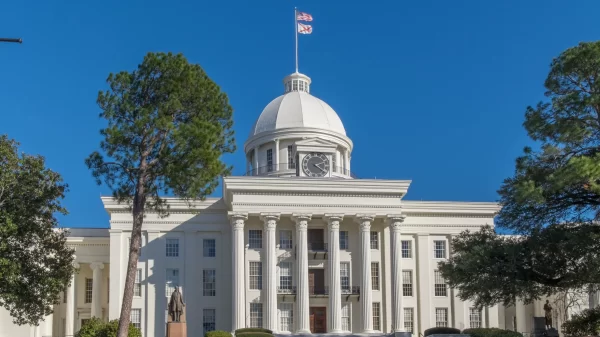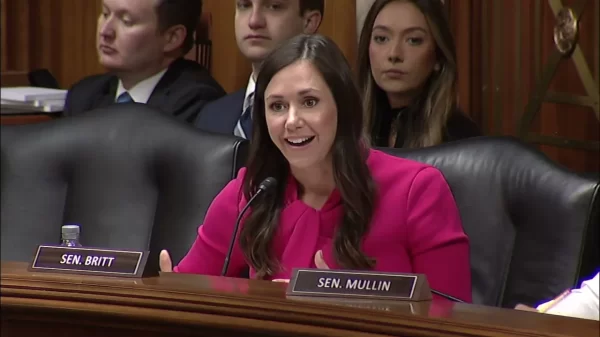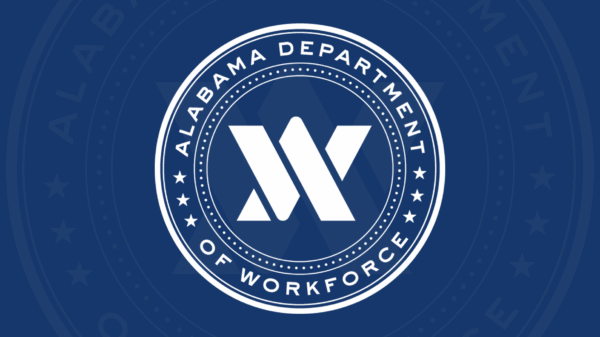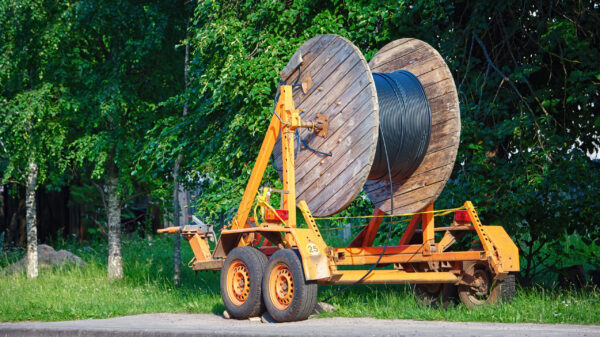Alabama’s infrastructure — roads and bridges, sewer systems and broadband networks — are in dire need of attention, and in no place is that more so than in the state’s Black Belt counties, according to a report released Tuesday b the University of Alabama’s Education Policy Center.
While Alabama’s decades of infrastructure decline mirrors closely that of the rest of the country, the state has taken strides since 2019 in addressing the critical problems, according to the report, titled “Infrastructure in Alabama’s Black Belt.”
A United Nations investigation into water and sewer problems in Alabama’s Black Belt counties showed systemic problems that resulted in the spread of diseases that had been nearly eradicated, according to the report.
Garrett Till, a student in the Masters of Public Administration program at the University of Alabama who helped research and write the report, said during a briefing on the research Monday that a large share of the black belt consists of unincorporated areas where there’s no city or municipal jurisdiction over water and sewer infrastructure.
Instead, many of those unincorporated areas are dependent on private systems, which can be expensive to operate, Garrett said.
“Unsurprisingly, the American Society of Civil Engineers’ (ASCE) report card on America’s infrastructure found that Alabama’s water systems are severely underfunded with deteriorating conditions, meriting the grade “D” from ASCE,” the report reads. “Alabama’s wastewater systems—including treatment systems, conveyance networks, and septic tanks, have an estimated $3 billion in maintenance and expansion needs over the next 15 years.”
“The report noted that 25 percent of the state’s septic tanks are failing, an issue of particular note for the Black Belt and rural Alabama where septic tank systems are more prevalent,” the report continues. “Swift action is required to address the inadequate water and sewage infrastructure in the Black Belt that undoubtedly contributes to the health problems plaguing the region.”
Sean O’Brien, another student in the Masters of Public Administration program at the University of Alabama and an author of the report, said during the briefing that there have been modest improvements in Alabama’s roads and bridges.
“The ASCE report from 2021 graded Alabama’s roads a C minus, deeming them mediocre,” O’Brien said, which was an improvement from previous years, when the state received a D plus.
“But we do have 70,000 miles of road spanning rural Alabama, 60,000 of which are maintained by county governments, and over half of those highways and roadways are in Black Belt counties,” O’Brien said. “These poor and mediocre roadways cost Alabama drivers $500 per year.”
Emily Grace Corley, a student in the Masters of Public Administration program at the University of Alabama and an author of the report, said that approximately 40 percent of commuters in the Black Belt have to drive to a workplace outside of their county of residents, typically to larger counties like Tuscaloosa and Montgomery, or even outside of the state, to Georgia and Mississippi.
“But these long commutes have real consequences for the driver, for the workers,” Emily said.
Those long commutes mean increased transportation costs, Corley said, as well as negative health effects that can potentially contribute to health disparities between non-Black Belt and Black Belt counties.
The report noted the importance of the Rebuild Alabama act of 2019, an expansive plan to invest and rebuild the state’s roads and bridges, as well as the Connect Alabama Act of 2021, which laid the groundwork to expand the state’s broadband extensively.
“Because of the Rebuild Alabama we now have a plan for the highway infrastructure. Because of the Connect Alabama Act we have a plan for broadband,” Stephen Katsinas, director of the university’s Education Policy Center, said during the briefing.
Katsinas noted that $300 million of the $772 million Alabama is receiving through the American Rescue Plan Act were approved by the state Legislature in the latest special session to go toward broadband.
“I give the state of Alabama high marks for the steps that it’s taken since 2019, to position itself in a proactive way,” Katsinas said.
The report does make policy recommendations, which includes “Continued good state-level administrative leadership is essential” to improve the Black Belt’s critical physical infrastructure investments in wastewater systems, highways, and broadband access.
The state should also continue its ramped-up leadership efforts to improve poor road conditions, the report states, and “Continued and consistent investment” in roads and bridges, particularly in the Black Belt.
The “Black Belt 2022” series is a follow up to the center’s “Black Belt 2020” series of reports, which looked at First Class Pre-K in the Black Belt, labor force participation, unemployment, internet access, access to healthcare and how to define the Black Belt.





















































